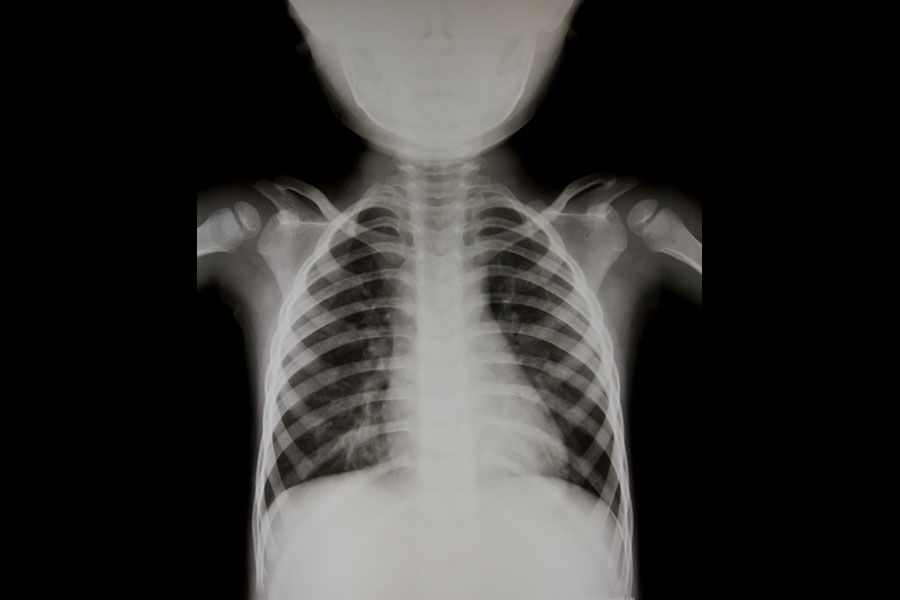Unexplained Fracture from Child Abuse or Bone Disease?
Child abuse and neglect (CAN) is a profoundly serious problem that has implications and consequences affecting the child and his family for the rest of their lives, both mentally and physically, and potentially financially. The welfare of the child is a top priority in these cases so therefore, it is of utmost importance to correctly distinguish child abuse injuries from other causes of injury such as accidents and diseases. Unexplained fractures in infants are of particular concern as infants rarely have accidents that are severe enough to cause fractures.
According to Clinical Orthopaedics and Related Research (2011), a systematic review of literature was performed that compared cases of CAN with cases of unexplained fractures in order to determine which bone diseases most commonly mimicked CAN. They concluded that bone disease is a diagnosis of exclusion when determining whether or not a child has suffered from CAN.
When a child has suffered from CAN, there is a substantial degree of mortality and morbidity associated with a missed diagnosis, such as a reinjury rate of 50% and a mortality rate of 10% if these children go unprotected. The prolonged investigations involved also cause great emotional trauma to the entire family, which sometimes involves removal of the child from the home.
Fractures are one of the most common manifestations of child abuse, second only to soft tissue trauma. The most common of these fractures being rib, skull, humeral, and femoral. Studies have shown that the combination of fracture location and patient age can reproducibly differentiate accidental trauma from abuse. A suspicious history of the incident, evidence of prior injury, and age younger than 18 months are closely associated with CAN.
One of the most common bone diseases used in a differential diagnosis is osteogenesis imperfecta (OI), as it is easily distinguishable from CAN given the patient’s history and physical exam as well as its ease of diagnosis through genetic testing. The classic features of OI are multiple fractures after minor trauma starting at an early age, blue sclera of the eye, osteopenia, wormian bones, dentinogenesis imperfecta (translucent or discolored teeth), and a family history of bone disease or “easy” fractures.
What does this have to do with criminal cases?
As mentioned above, the investigative process can be traumatizing for the entire family and can result in financial and emotional burdens. A thorough investigation is critical to determine if all potential mimics of CAN are ruled out. For example, the most common type of OI that is frequently mistaken for CAN is Silence Type IV OI at a rate of 25.5%. Other types of OI were confused with CAN at a rate of 13.1%. What makes differentiating CAN from OI difficult is that the classic findings are not always present in all patients. Other diseases such as dietary deficiencies, rickets, metabolic bone disease, copper deficiency, and biliary atresia can also mimic CAN.
The diagnosis for CAN is based on taking a good medical history of the patient as well as a history of the incident, physical exam, and radiographic imaging and occasionally the physician’s “gut” instinct. As there were no “high-quality” studies performed examining the differences between bone disease and CAN, this leaves much open to the opinions of the physician reviewing the case and the investigation may not be complete if the physician feels that the evidence of CAN is sufficient to stop further testing. Having a second medical expert review the medical records to ensure the investigation was complete is beneficial in any child abuse case.
Works Cited
Pandya, N. K., Baldwin, K., Kamath, A., Wenger, D. R., & Hosalkar, H. S. (2011, March). Unexplained Fractures: Child Abuse or Bone Disease? A Systematic Review. Clinical Orthopaedics and Related Research, 469(3), 805-812. doi:https://dx.doi.org/10.1007%2Fs11999-010-1578-z
Don’t miss our newsletter! Topics covered are:
Assault / Trauma
DUI / General Medical
Child & Elder Abuse / Neglect
Mental Health / Toxicology
Sign up here.











